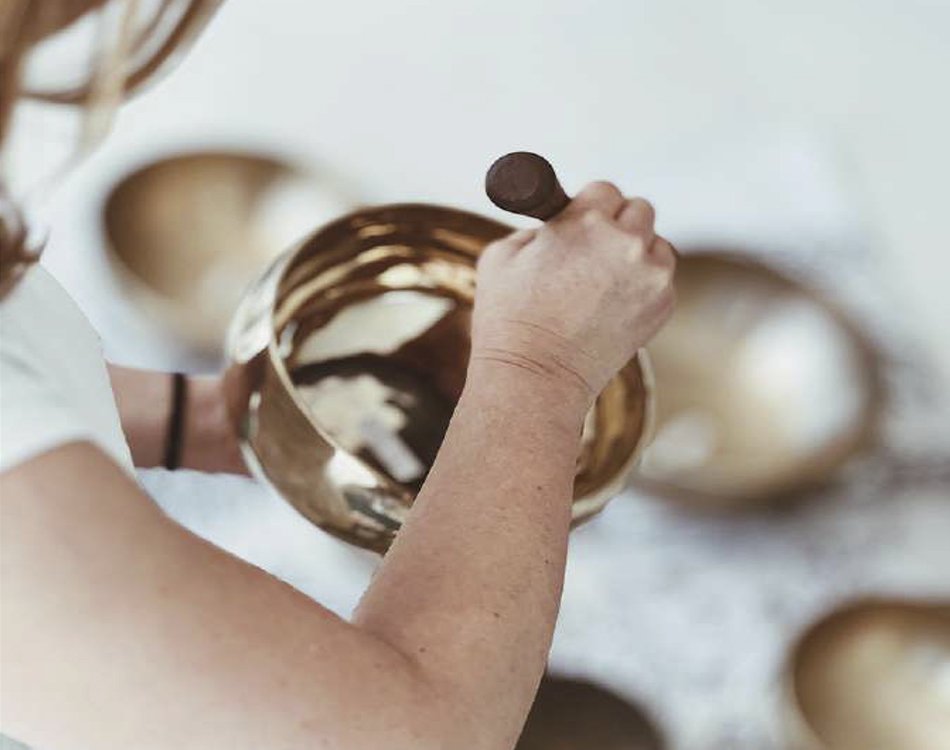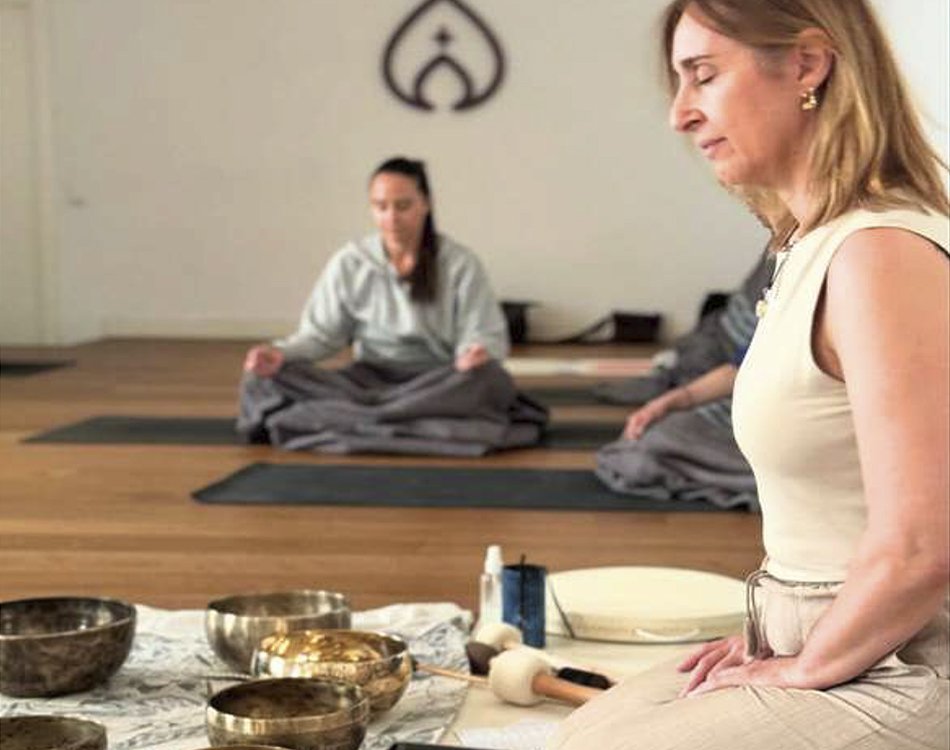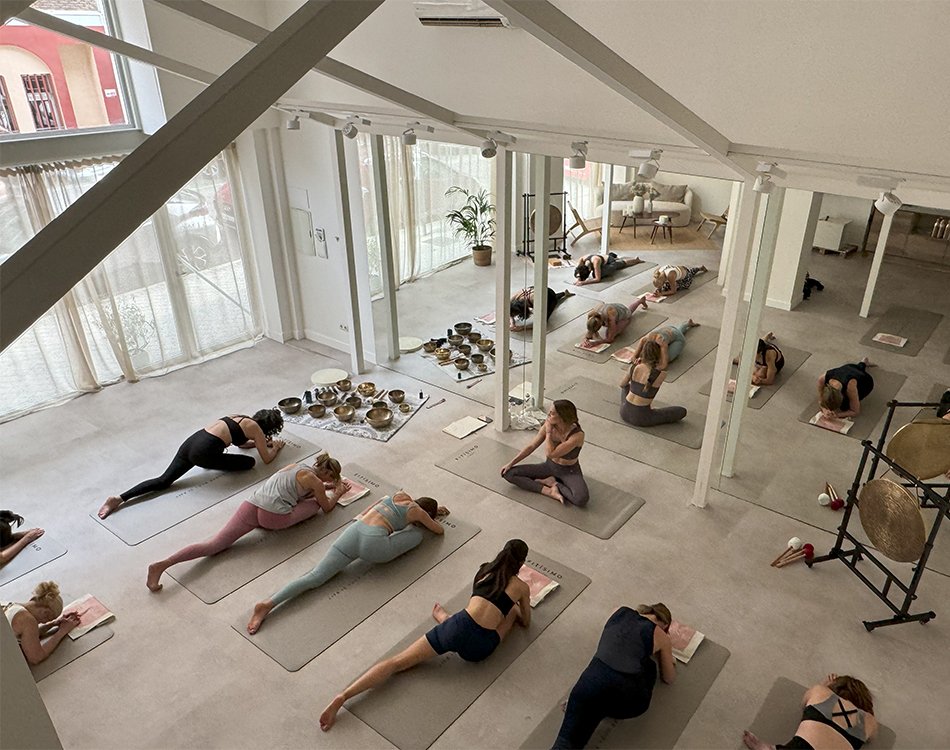Find Your Inner Peace
Find Your Inner Peace Meditation for Daily Well-being Meditation is an ancient practice that has gained popularity in recent years due to its numerous benefits for mental and emotional health. Incorporating meditation into your daily routine can help you find balance and inner peace, transforming your life. Here are some meditation techniques you can try: Guided Meditation Ideal for beginners, guided meditation involves using recordings or apps that help you through the process, including breathing instructions, body relaxation, and visualization. Mindfulness Meditation Mindfulness meditation focuses on the present moment. Find a quiet spot, sit comfortably, and focus on your breathing. If your mind wanders, gently return your focus to your breath. Mantra Meditation This technique involves repeating a word or phrase to help concentrate and calm the mind. Sit comfortably, close your eyes, and repeat your mantra either silently or softly. Meditation is a powerful tool for enhancing daily well-being. Whether through mindfulness, guided sessions, or mantras, you will find a technique that fits your needs and lifestyle. Start today and experience the benefits for your body and mind. Namaste! I hope this article is helpful. Would you like to add anything else or need any further information? Would you like to join one of our workshops or events? Contact us.
Find Your Inner Peace Read More »


